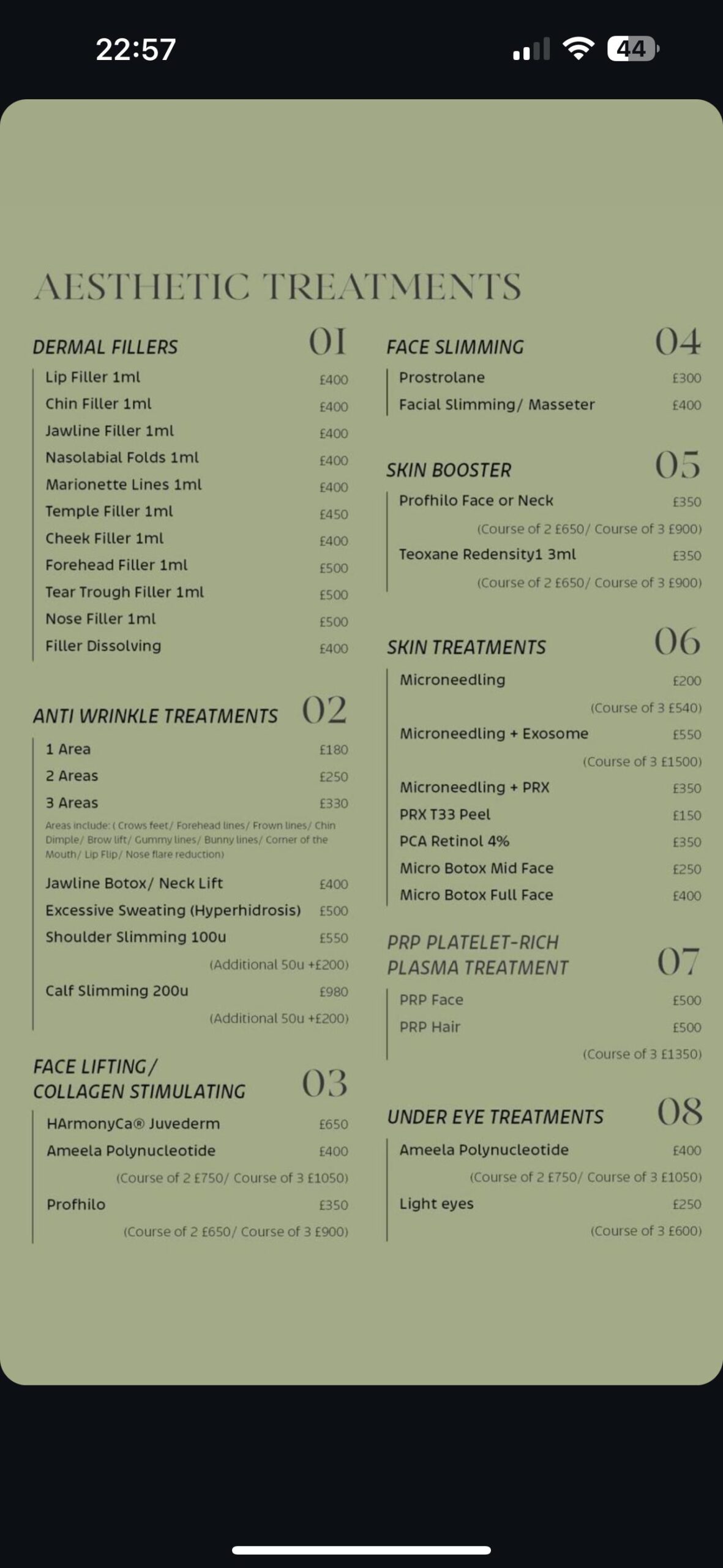Everything You Need to Know About Medical-Grade Chemical Peels
Achieving smooth, radiant skin is more attainable than many think, and one of the most effective treatments to consider is a medical-grade chemical peel. While the name may sound intense, these peels are incredibly versatile and transformative, offering noticeable, lasting results for a wide range of skin concerns.
Unlike store-bought alternatives, medical-grade peels penetrate deeper, providing significant improvements in skin texture, tone, and overall health. Whether you’re dealing with acne, pigmentation, or signs of ageing, a chemical peel can help rejuvenate your complexion. Let’s explore how these treatments work, their benefits, and what to expect.
What Is a Medical-Grade Chemical Peel?
A chemical peel is a professional skin treatment that uses a combination of exfoliating acids to stimulate cell turnover and collagen production. By removing damaged layers of skin, these peels reveal a brighter, smoother, and healthier complexion underneath.
Medical-grade chemical peels are clinically formulated and performed by professionals, ensuring a more controlled and effective treatment compared to over-the-counter options. These peels are tailored to target specific skin concerns, including:
- Acne and acne scarring – By unclogging pores and regulating oil production, peels help reduce breakouts and fade post-acne marks.
- Fine lines and wrinkles – Stimulating collagen and elastin production improves skin firmness and reduces the appearance of fine lines.
- Sun damage and pigmentation – Peels accelerate skin renewal, helping to lighten dark spots and even out skin tone.
- Uneven texture and large pores – By exfoliating dead skin cells, peels refine skin texture and minimise the appearance of pores.
One of the key benefits of a medical-grade peel is its customisability. The type and strength of acids used can be adjusted to suit your skin type, concerns, and desired outcome.
How Do Chemical Peels Work?
Chemical peels use powerful exfoliating agents to remove dead skin cells and encourage new, healthy skin to form. The most commonly used acids include:
- Glycolic Acid – An alpha-hydroxy acid (AHA) derived from sugarcane, known for its ability to penetrate deeply and stimulate collagen.
- Salicylic Acid – A beta-hydroxy acid (BHA) that dissolves oil and is highly effective for acne-prone skin.
- Lactic Acid – A gentle AHA derived from milk, ideal for hydration and mild exfoliation.
- Trichloroacetic Acid (TCA) – A medium to deep peeling agent that targets pigmentation, wrinkles, and acne scars.
- Mandelic Acid – A milder AHA suitable for sensitive skin, reducing inflammation while promoting cell renewal.
During treatment, the chosen acids are applied to the skin in controlled layers. These acids break down the bonds holding dead skin cells together, allowing them to shed more easily. Depending on the peel’s strength, the effects can range from light exfoliation to deep resurfacing.
After the peel, your skin undergoes a natural shedding process over several days, revealing fresher, healthier skin underneath.
What to Expect During and After the Treatment
A chemical peel session typically lasts 30-45 minutes, depending on the depth of the treatment. You may feel a slight tingling, warmth, or mild stinging as the acids penetrate the skin, but this sensation subsides quickly.
Post-Treatment: What Happens Next?
After a peel, your skin will go through a recovery phase, which varies based on the depth of the peel:
- Superficial Peels – Minimal peeling, mild redness, and a refreshed glow within a few days.
- Medium Peels – Noticeable flaking and peeling for 3-5 days, revealing new skin underneath.
- Deep Peels – More intense peeling for up to 7-10 days, requiring extra aftercare and downtime.
To maximise results, proper aftercare is essential:
- Avoid sun exposure – Freshly peeled skin is more sensitive to UV damage. Always wear broad-spectrum SPF 50.
- Keep skin hydrated – Use a gentle, fragrance-free moisturiser to support healing.
- Avoid harsh products – Hold off on retinoids, exfoliants, and active ingredients until your skin has fully recovered.
- Do not pick or peel the skin – Let the process happen naturally to avoid irritation and scarring.
Benefits of a Medical-Grade Chemical Peel
Medical-grade peels offer a range of long-lasting benefits that improve overall skin health and appearance:
1. Boosts Collagen & Smooths Fine Lines
By stimulating collagen and elastin production, peels help reduce the appearance of fine lines and wrinkles, making the skin appear firmer and more youthful.
2. Clears Acne & Prevents Breakouts
Salicylic acid-based peels penetrate deep into the pores, reducing excess oil, eliminating bacteria, and preventing future breakouts.
3. Evens Out Skin Tone & Reduces Pigmentation
Hyperpigmentation, melasma, and dark spots fade significantly as chemical peels accelerate skin cell turnover, creating a brighter, more even complexion.
4. Improves Skin Texture & Reduces Pore Size
Exfoliating dead skin cells results in a smoother, more refined texture, minimising enlarged pores and uneven patches.
5. Long-Lasting & Customisable Results
Unlike at-home peels, medical-grade treatments deliver longer-lasting improvements and can be tailored to your specific skin needs.
Who Can Benefit from a Chemical Peel?
Most individuals looking to improve skin clarity, texture, and overall health can benefit from a chemical peel. However, it’s particularly effective for those dealing with:
- Persistent acne and congestion
- Sun damage and hyperpigmentation
- Early signs of ageing
- Rough skin texture and dullness
That said, if you have very sensitive skin, active rosacea, or eczema, a consultation is recommended to determine whether a chemical peel is the right option for you.
How to Maintain Your Results
To maintain your glowing results, it’s important to follow a consistent skincare routine:
- SPF is non-negotiable – Daily sunscreen protects your new skin from premature ageing and pigmentation.
- Hydration is key – Hyaluronic acid and nourishing moisturisers help support the skin’s barrier.
- Incorporate antioxidants – Vitamin C serums help maintain brightness and defend against environmental damage.
- Follow a personalised plan – Regular treatments, combined with professional skincare products, can extend and enhance your results.
Final Thoughts
Medical-grade chemical peels are one of the most effective, science-backed treatments for improving skin health. Whether you want to reduce acne, brighten pigmentation, or smooth fine lines, a peel can help you achieve a fresher, more youthful complexion.
Ready to experience the benefits of a chemical peel?
Book a consultation today to discover how this treatment can transform your skin.



